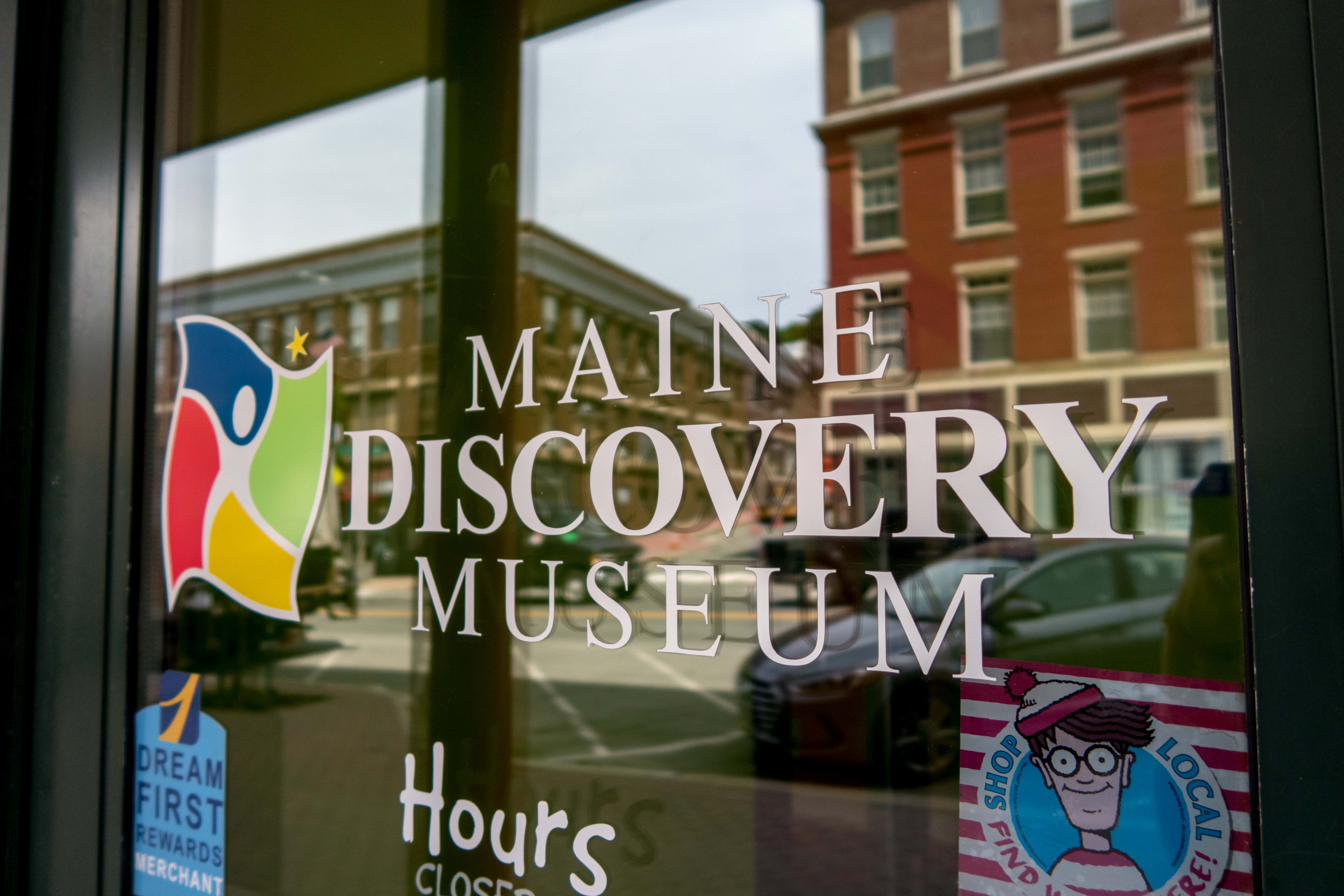
Jordan, Education and Outreach Assistant, Reflects on Hands-On Learning at the Maine Discovery Museum
In education we are always taught that the students’ needs guide instruction. If it turns out the students have more background knowledge than you thought, then you ramp up the lesson on the spot. Alternately, if you expected them to know more than they do, your lesson may require a little bit more review of previous topics than you planned for.
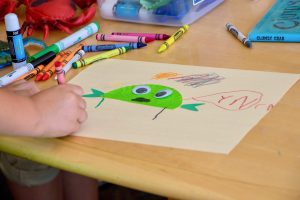
It wasn’t until I started at the Discovery Museum, that I truly understood what it looks like for the students to guide instruction in an informal educational setting. When I am at the touch tank, kids and adults come up with all different amounts of background knowledge. Some may never have seen any of these animals before while others have explored the coast and have seen most of the animals in the tank. Others may be from a different part of the country, having seen similar, but slightly different animals. When a family comes up to the tank, I have to be prepared for anything.
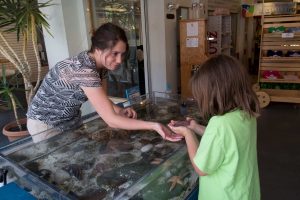
At first, this was a really scary idea for me: the possibility of not knowing the answer to their questions. In the three and half weeks I have been there, I have learned so much about the animals in the tank, both from the kids asking questions and from learning about them on my own. It is always a magical moment when I am talking to a kiddo about an animal and they learn something new that completely blows their mind. Maybe it’s the fact that horseshoe crabs have 10 eyes or are as old as dinosaurs, or maybe it’s the fact that our three-legged sea star will grow back the two legs that it lost; whatever it is, it makes the entire experience so much more fulfilling and exciting.
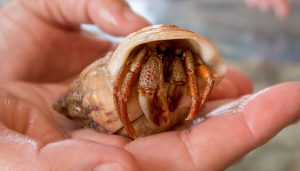
We have a tiny hermit crab in the tank that someone can hold intheir hand without the risk of getting pinched or hurting the crab. When I put it in a child’s hands, I get one of two reactions: complete amazement that it is crawling on their hand or complaints that it’s not tickling their hand like I told them it might. No matter what the reaction, having the animals right there to learn about is an amazing learning tool, even if they just inspire the kids to ask questions or want to get a pet.
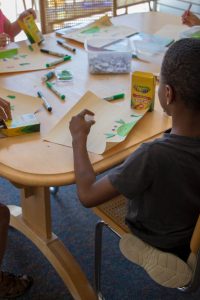
Having the touch tank as a resource to teach kids is something that I won’t have in most classrooms, so having the opportunity to work with it this summer is amazing. There are so many cool programs we can do where we teach using the touch tank as well as other activities. Whether it is learning about how lobsters have two different types of claws by seeing a real lobster in the tank or talking about how the horseshoe crab isn’t technically a crab, having that hands-on component makes the learning much more meaningful.
This is my first experience with informal education and I never thought about how different it is to be learning in this way compared to the more traditional form of learning in a classroom. There is so much more room for kids to learn exactly what they want to learn and explore what they want to. Working at the touch tank allows me to be a resource to help kids with this and the programming I am doing helps to engage kids in learning about the ocean but also thinking like a scientist.
